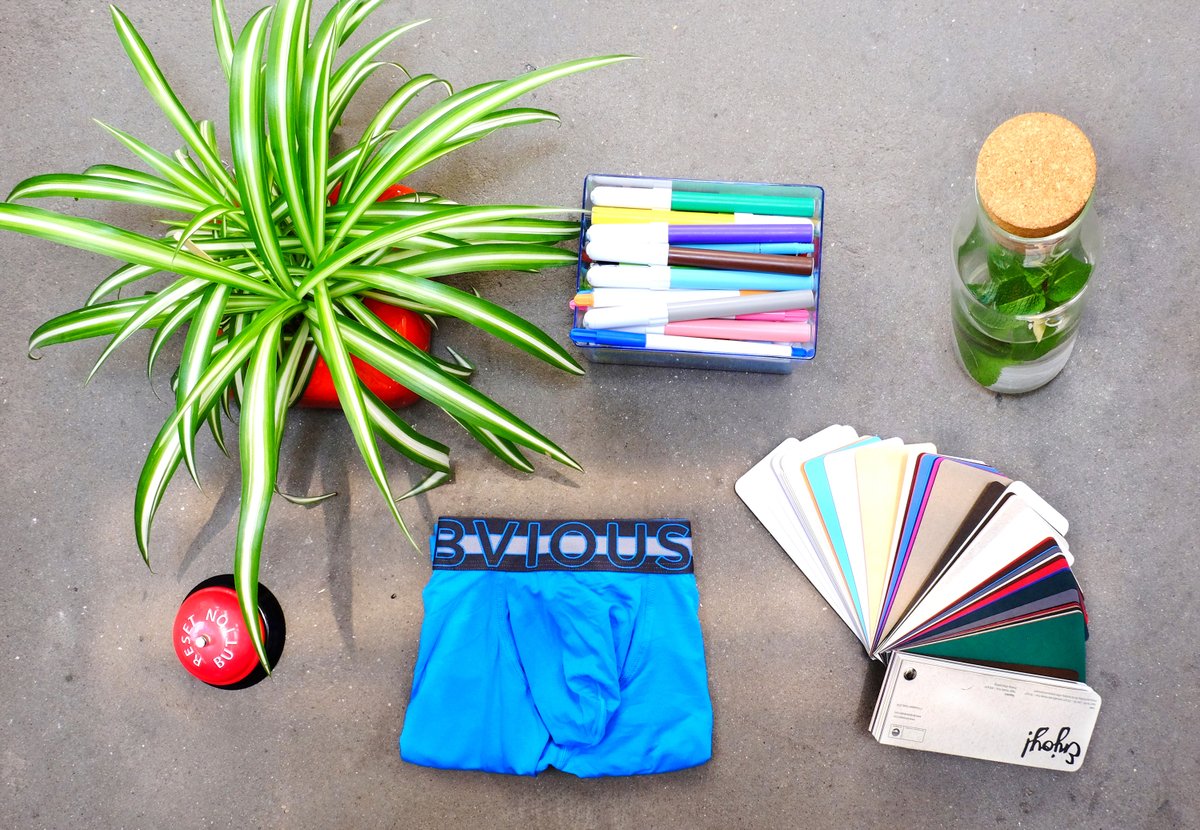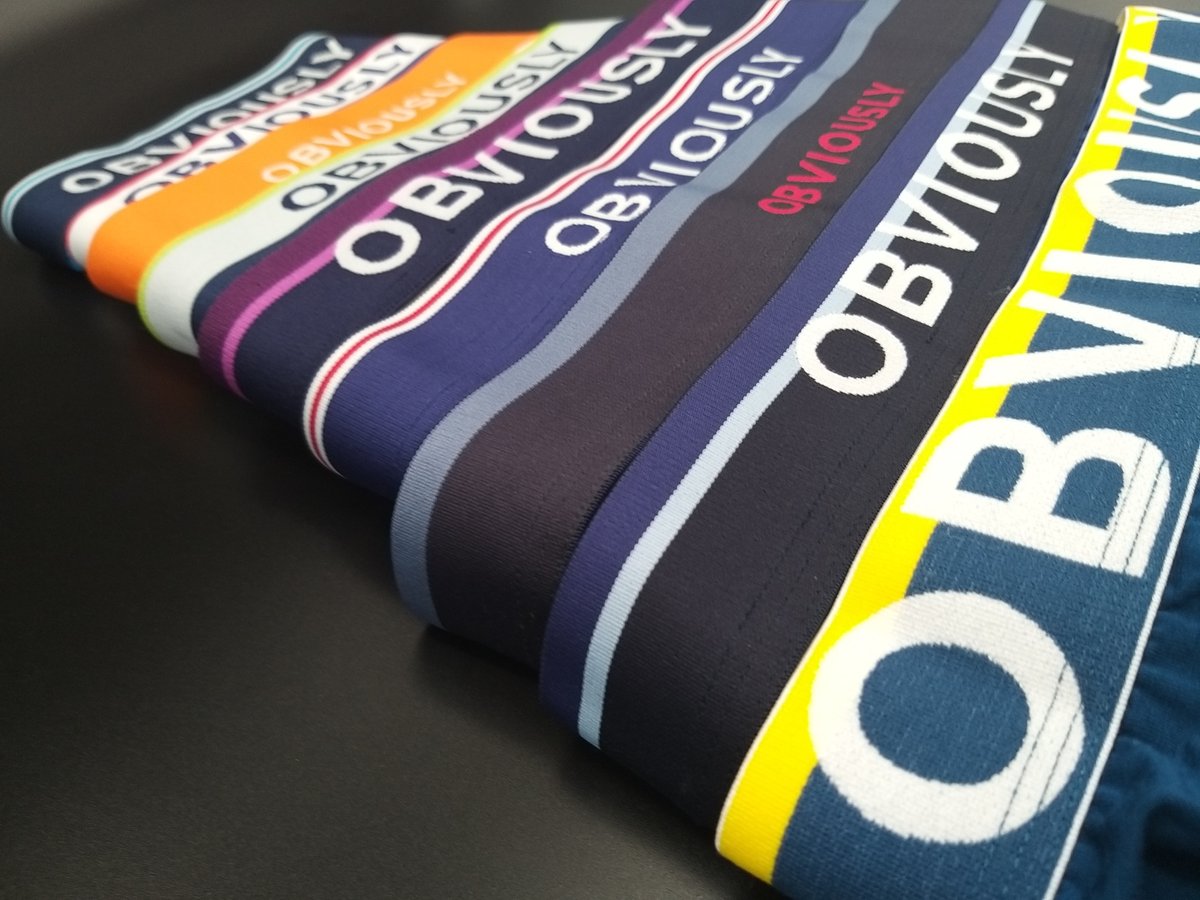
What Is Sustainable Fashion and Why Is It Important?
Sustainability is a term that is used more and more frequently in the modern world. When it comes to food and energy, most people are acquainted with the idea of sustainability, but not everyone is aware of what sustainable fashion is or why it's crucial. A trend known as sustainable fashion aims to lessen the fashion industry's harmful effects on the environment and to support moral clothing manufacturing methods. This article will define sustainable fashion, discuss the advantages of buying eco-friendly clothing, and explain why it's essential for shoppers to think about how their clothing choices will affect the environment.
What Is Sustainable Fashion?
Sustainable fashion is a movement that seeks to reduce the negative impact of the fashion industry on the environment and promote ethical and responsible manufacturing practices. This includes the use of eco-friendly materials, such as organic cotton or recycled textiles, and reducing waste throughout the production process. The social and economic effects of the fashion business are also taken into account, with an emphasis on fair labor practices and assisting local communities.
Why Is Sustainable Fashion Important?
Because the fashion industry is one of the most polluting in the world, sustainable fashion is important. Large quantities of water, energy, chemicals, and other resources that harm the environment are used during the clothing manufacturing process.
Additionally, landfills, which occupy valuable areas and emit greenhouse gases, are becoming an increasingly problematic issue due to the disposal of clothing and textile waste. Consumers can lessen the negative environmental effects of the fashion industry and support businesses that adhere to moral and ethical manufacturing standards by selecting sustainable fashion choices.
Additionally, there are a lot of economic and societal advantages to sustainable fashion. If more people consumed sustainable fashion this can help improve the working conditions for garment workers and advance sustainable economic development by patronizing businesses that emphasize fair labor practices.
By encouraging the use of environmentally friendly and locally sourced materials, sustainable fashion helps to support small businesses and local communities by lowering the industry's carbon impact. In the end, sustainable fashion is about making decisions that are good for both society and the environment, and it's a critical move towards a more sustainable future.
What Makes Fashion Sustainable?
Reducing the negative effects of the fashion business on society and the environment is the goal of sustainable fashion. It entails using environmentally favorable materials like organic cotton, hemp, and bamboo as well as minimizing waste during production.
From sourcing the raw materials to creating the finished product, a sustainable fashion item has been created with morally and environmentally sound production procedures. A fashion item must also be made to last to be deemed sustainable.
To ensure that the product is robust and able to endure frequent use, this calls for the use of high-quality materials and craftsmanship. It also entails coming up with classic designs that will last a long time and eliminate the need for customers to constantly purchase new clothing.
Sustainability must extend to the manufacturing method as well as the materials and design. This entails utilizing renewable energy sources, using less water, and producing less trash. Sustainable fashion also depends on companies putting worker safety and equitable labor practices first.
Use of Sustainable Materials
Using materials that are environmentally friendly, socially responsible, and ethically made is the foundation of sustainable fashion. Organic cotton, which is produced without the use of harmful pesticides and chemicals, is one popular sustainable material.
Another sustainable material, hemp, can replace conventional cotton because it grows with fewer resources (such as water and soil). Because it grows rapidly and doesn't need pesticides to survive, bamboo is another well-liked sustainable material. It can be used to make a range of clothes, including underwear, socks, and t-shirts. Recycled polyester, Tencel, and linen are some other environmentally friendly fabrics.
Utilizing sustainable materials benefits everyone involved in the manufacturing process, not just the environment. It guarantees that workers are not exposed to hazardous chemicals and toxins, which are frequently present in traditional textile manufacturing, and supports fair labor practices.
Ethical Production Processes
Beyond the use of ecologically friendly materials, sustainability in fashion includes many other factors. The ethical manufacturing procedures used to make clothing are also included. This includes providing everyone involved in the manufacturing process with safe working conditions and fair labor practices.
Fair compensation, benefits, and reasonable working hours are all things that ethical fashion businesses make sure their employees receive. By offering protective equipment and ensuring that workers are not exposed to hazardous materials, they also place a priority on worker safety.
Customers who choose to purchase sustainable clothing are supporting businesses that place a high value on the health of their employees and the ecosystem. They also help lessen the damaging effects of the fashion business on the environment.
Minimal Carbon Footprint
The fashion business has a sizable impact on the environment and contributes significantly to greenhouse gas emissions. The goal of sustainable fashion is to lessen the environmental impact of apparel manufacturing and distribution.
By using renewable energy sources, reducing waste, and lowering transportation emissions, sustainable fashion businesses are dedicated to lowering their carbon impact. They accomplish this, for example, by manufacturing clothing close to home, which eliminates the need for long-distance travel.
Additionally, by utilizing recycled materials and putting in place circular production methods, sustainable fashion businesses hope to reduce waste. This strategy aids in reducing the volume of garbage that is dumped in landfills.
What Are The Benefits of Sustainable Fashion?
- Protecting The Environment: Sustainable fashion helps reduce the negative impact on the environment by using eco-friendly materials, ethical manufacturing practices, and minimizing the carbon footprint.
- Healthier Living: Sustainable fashion ensures that workers involved in the manufacturing process are not exposed to hazardous chemicals and toxins, thus promoting healthier living.
- Social Responsibility: Sustainable fashion businesses promote fair labor practices and provide workers with fair compensation, benefits, and reasonable working hours, thus promoting social responsibility.
- Durability: Eco-friendly clothing is made with high-quality materials that are durable and long-lasting, reducing the need for frequent replacements and minimizing waste.
- Cost-Effective: While sustainable fashion may initially seem more expensive, in the long run, it is cost-effective as it reduces the need for frequent replacements and supports fair and ethical practices.
- Unique and Stylish: Sustainable fashion clothing is unique and stylish, providing customers with a fashion-forward look while supporting positive environmental and social impacts.
- Conservation of Resources: Sustainable fashion businesses aim to conserve resources by using renewable energy sources, reducing waste, and implementing circular production methods, thus promoting resource conservation.
How To Identify Sustainable Fashion
When shopping for sustainable fashion brands, here are some things to look out for:
- Eco-friendly materials such as organic cotton, bamboo, and recycled fabrics
- Ethical manufacturing practices such as fair labor and safe working conditions
- Transparent supply chain and production processes
- Minimal use of harmful chemicals and toxins
- Sustainable packaging and shipping methods
- Certifications from recognized organizations such as Fair Trade, GOTS, and OEKO-TEX
Eco conscious consumers can support resource conservation, a healthier climate, and fair labor methods by deciding to buy sustainable clothing. Additionally, they can profit from wearing well-made, affordable, and fashionable clothing that supports their morals.
They can search for eco-friendly materials, ethical manufacturing procedures, transparent supply chain procedures, limited use of hazardous chemicals, and certifications from reputable organizations to make sure the clothing they buy is truly sustainable. Customers can use their buying power to support positive change in the fashion industry by making thoughtful decisions.
Researching Brand Values and Production Processes
Customers should seek out companies whose values and missions place a high priority on sustainability and societal responsibility. To confirm that a company is genuinely dedicated to sustainable practices, consumers can investigate the brand's certifications and production methods. Eco-conscious consumers can then make well-informed choices and support businesses that share their beliefs.
Eco-Friendly Fashion Alternatives
There are many eco-friendly fashion alternatives that customers can explore to make sustainable choices. Here are some examples:
- Renting clothing instead of buying new items
- Shopping for secondhand or vintage clothing
- Upcycling or repurposing old clothing into new pieces
- Investing in high-quality, long-lasting clothing that can be worn for years to come
- Supporting local and small-scale fashion businesses that prioritize sustainability
By exploring these eco-friendly fashion alternatives, customers can reduce their impact on the environment and contribute to a more sustainable fashion industry. Making small changes in our purchasing habits can have a significant impact on the world around us.
What Is Second-hand Shopping?
Purchasing used garments and accessories rather than brand-new ones are referred to as secondhand shopping. As more people become conscious of the damaging effects of the fashion industry on the environment, this practice is becoming more and more popular. Buying used clothing is a sustainable fashion option that promotes waste reduction, resource conservation, and a circular economy.
There are many methods to buy secondhand, including thrift stores, consignment stores, online marketplaces, and clothing swaps. Customers can give pre-loved clothing a new life while also finding unique, reasonably priced items that are still in good shape. This practice encourages a more thoughtful and conscientious approach to fashion purchasing, and it can be enjoyable.
Clothing Rental Services
Clothing rental services are another choice for eco-friendly fashion. Customers can hire high-quality, trendy items for a fraction of the price of buying clothes that might only be worn a few times. This decreases the quantity of clothing waste while also enabling a wider variety in one's wardrobe without encouraging fast-fashion consumption. The cleaning procedure used by rental services ensures that the clothing is adequately looked for and reused several times before being retired.
DIY and Upcycling
Instead of selling or throwing away old clothing that consumers no longer wear, they can upcycle it or repurpose it to create something new. This is a creative and entertaining method to reuse old clothing and cut down on waste. Old t-shirts can be turned into canvas bags, and dresses can be turned into skirts by customers. There are many online tutorials accessible to help customers through the process, and DIY projects can be as easy or as complex as they desire.
What Is The Future Of Sustainable Fashion?
Sustainable design is essential to building a more sustainable future; it is not just a trends or a bandwagon. We can anticipate seeing more advancements in circular systems, sustainable manufacturing techniques, and sustainable materials in the future. Emerging technologies like biofabrication and 3D printing have the potential to change the way we make clothes, cutting down on waste and harmful environmental effects. Furthermore, we can anticipate seeing a higher demand for sustained fashion and more companies committing to sustainable practices as consumers become more informed and conscious of the effects of their decisions.
Conclusion
In conclusion, developing a more sustainable future requires the use of sustainable fashion. Consumers can lessen the damaging effects of the fashion industry on the earth while still maintaining their sense of style by wearing eco-friendly clothing. There are many ways to purchase sustainable clothing, including upcycling old clothing, renting clothing, purchasing from sustainable brands, and doing secondhand shopping. As the market for eco-friendly clothing expands, we can anticipate more innovations in eco-friendly design and production methods, which will eventually result in a more eco-friendly and waste-free industry.
Final Thoughts
Join the sustainable fashion movement and make a difference with your purchase. Obviously Apparel is dedicated to providing you with high-quality, eco-friendly underwear that is not only comfortable but also helps preserve our planet. From luxurious bamboo fabrics to a commitment to going green, choosing us means choosing to support a better future. Choose Obviously Apparel and help keep our world green, one pair of men's underwear at a time!
Sources
- https://centreforjournalism-kent.shorthandstories.com/-the-sustainable-fashion-movement-turning-fast-fashion-on-its-head/index.html
- https://www.genevaenvironmentnetwork.org/resources/updates/sustainable-fashion/
- https://www.worldbank.org/en/news/feature/2019/09/23/costo-moda-medio-ambiente
- https://jsd.co.uk/importance-of-ethical-manufacturing/
- https://acespace.org/2022/06/17/fast-fashion-101/
- https://www.premiumsolarpatios.com/post/how-do-solar-panels-work
- https://www.oeko-tex.com/en/
- https://www.panaprium.com/blogs/i/upcycled-clothing




